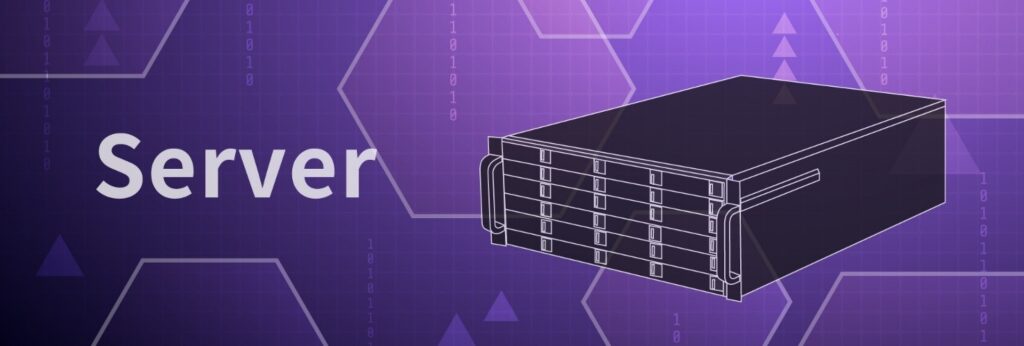In the dynamic world of web hosting, shared hosting stands out as a popular and cost-effective choice for hosting multiple websites on a single server.
However, effective server administration is crucial to ensure optimal performance, security, and reliability for all hosted sites.
In this comprehensive guide, we will delve into the key aspects of server administration in shared hosting environments.
Resource Management
Shared hosting involves multiple websites sharing the same server resources. Efficient resource management is paramount to prevent one website from adversely affecting others.
Server administrators must monitor CPU usage, memory allocation, and disk space to maintain a balanced environment.
Regular audits and adjustments help prevent resource-hogging scripts or websites from negatively impacting overall server performance.
Security Best Practices
Security is a top priority in shared hosting. Server administrators need to implement robust security measures to protect all hosted websites.
This includes regularly updating server software and applications, configuring firewalls, and implementing intrusion detection systems.
Additionally, isolating accounts, setting proper file permissions, and conducting regular security audits are essential to safeguard against potential threats.
Isolation of Accounts
Each website hosted on a shared server should be isolated to prevent the impact of one site’s issues on others.
Utilizing technologies like virtualization or containerization can provide a higher level of isolation, reducing the risk of security breaches or performance bottlenecks caused by a single website.
Backup and Disaster Recovery
Regular backups are indispensable in shared hosting. Server administrators must implement automated backup solutions to ensure data integrity and facilitate swift disaster recovery.
Regularly testing the restoration process is equally important to guarantee the reliability of backups.
Monitoring and Performance Optimization
Monitoring tools play a crucial role in identifying performance bottlenecks and potential issues.
Administrators should employ monitoring tools to keep an eye on server health, response times, and resource usage.
Regular performance optimization, including database tuning and server fine-tuning, ensures the server operates at peak efficiency.
Customer Support and Communication
Effective communication with hosted website owners is key to successful server administration.
Administrators should provide timely updates on maintenance schedules, potential issues, and resolution timelines.
A responsive customer support system can address user concerns promptly, enhancing overall satisfaction.
Software and Patch Management
Keeping server software and applications up to date is critical for security and performance.
Administrators should establish a routine for applying patches, updates, and security fixes.
Regularly reviewing and upgrading server software ensures that vulnerabilities are addressed promptly.
Conclusion
In shared hosting, effective server administration is a multifaceted task that requires a balance between resource management, security, and customer satisfaction.
By implementing best practices in resource allocation, security measures, isolation, backup strategies, monitoring, and communication, administrators can create a stable and reliable hosting environment for all users.
Regularly staying abreast of industry trends and emerging technologies is essential to adapt to the evolving landscape of shared hosting.

